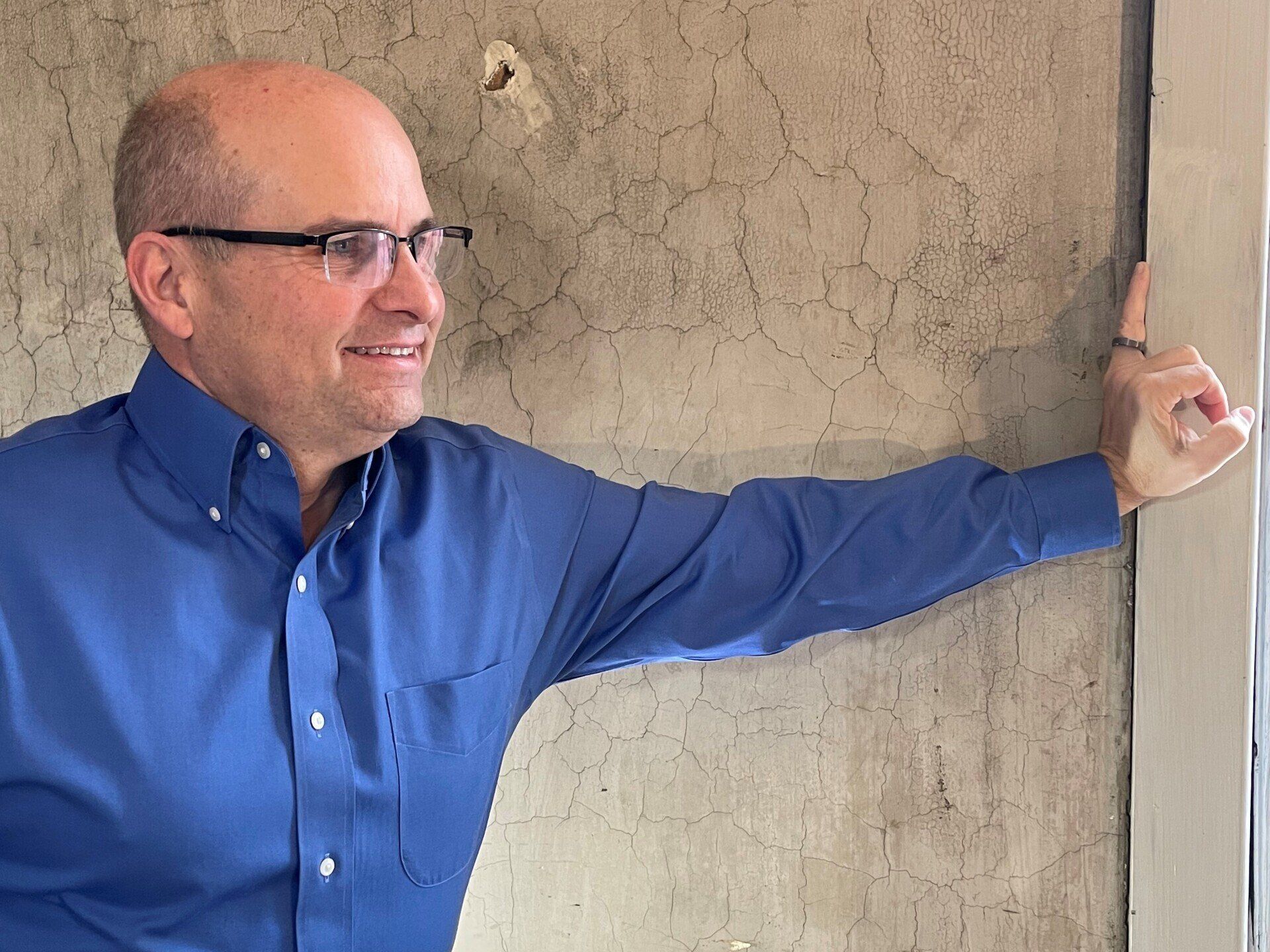Learn more about my book "The Courageous Ask"
Nonprofit Boards Must Cross the Lines
The lines
are those nebulous places where a leader (board member or executive) fears their words and actions become inappropriate or unproductive. Those lines are loosely defined by any number of unwritten rules.
Examples of the lines that could get crossed might include: the length of meetings, when the discussion of a topic gets cut off, what topics are taboo and don’t get discussed, fundraising strategy, amount of operational guidance, level of commitment of board members, or any number of elephant-in-the-room topics. Needless to say, the crossing of some imaginary lines can cause friction within a board of directors.
(This blog focuses on starting a conversation centered on preventing the fall of nonprofit leaders. I write it from a Christian perspective, but all leaders will benefit. Be sure to sign up to receive these articles via email every Tuesday at
briankreeger.com as well as taking a look at previous blog articles. In addition to receiving these articles two days before they hit social media, you will receive the article "5 Early Indicators of a Christian Nonprofit Leadership Fall" along with the Contents, Introduction and the Appendix (My story) of my book,
The Courageous Ask: A Proactive Approach to Prevent the Fall of Christian Nonprofit Leaders.)
And the big line
that becomes the elephant in the room: how deep do we dig into an executive’s personal life, knowing that nearly all leadership falls are of a personal nature?
Yes, the executive does a nice job pulling together all of the reports and presenting them to the board in a clear, concise, and articulate manner. They seem to be well-liked by the board, the staff, and the community.
But you start to sense something is wrong, and you start to catch some verbal cues from the executive. You start to hear rumblings about some issues in their personal life. They seem to be doing a really good job technically, but you fear they may be struggling inside.
Is this even a board issue? Where is the line? If you step over that line and you are wrong, it may hurt the organization, you may look bad, or you will get harshly judged yourself.
Each board has their lines based on the history of the organization, the style of the leadership, and the personalities of the board members.
So, where are the lines in an organization?
Of course, there is no singular answer to this question. People are people, and the lines are ever changing. Those lines can change based on a conversation a board member had just before the meeting, the mood they are in, or who is attending a particular meeting. Sometimes it is just that random.
It doesn’t matter how long someone has served on a particular board, they are still figuring out, and massaging, where those lines are.
Figuring out where the lines are, and abiding by them, can be the difference between a harmonious board and one that is divided. Even more importantly, and I would say more productively, is knowing how far a line can be crossed.
Lines need to be crossed, but doing so in a positive way that communicates interest in the advancement of the organization, without personal agenda, is absolutely the key.
Without productively crossing lines, an organization cannot grow and advance in their field, therefore impacting more people. Leaders must have courage in order to cross the lines and challenge the status quo for the betterment of the organization.
For example, sometimes a board is financially conservative, almost to a fault. The suggestion of drawing down reserves in order to invest in a new program is a line no one likes to cross. Board members give a fellow board member “the look” when the topic is broached.
But perhaps having the courage to cross that line may bring a greater impact to a community and actually increase the organization’s financial security through increased exposure.
Sometimes this can be a struggle, dividing the board and creating cliques and factions around a particular idea.
It takes a mature, experienced, and skilled board chair to navigate these waters while guiding the board in maintaining the already important work that is being accomplished. This maintenance includes the watchful eye they must have in monitoring the leadership of the organization.
Crossing unwritten and imaginary lines, and the drama that can ensue, is just another practical area that can draw the attention of the board from those things that are most important in directing an organization.
We’ve all held back an idea or line of thought in a board meeting for some of the fears listed above. That thought or idea may just be the catalyst that launches your nonprofit into a whole new realm of service impacting many for the better. It may also cause some challenges on the board.
But it must be done. It is definitely worth the risk. How do you think your organization got to where it is today?
By the courage of people who were willing to cross the lines?
Do you have the courage?
Be Courageous!
Be Proactive!
Be sure to sign up to receive these articles via email every Tuesday at
briankreeger.com. In addition to receiving these articles two days before they hit social media, you will receive the article "5 Early Indicators of a Christian Nonprofit Leadership Fall" along with the Contents, Introduction and the Appendix (My Story) of my book,
The Courageous Ask: A Proactive Approach to Prevent the Fall of Christian Nonprofit Leaders.
1”Board Recruitment,” BoardSource, 2013, https://boardsource.org/fundamental-topics-of-nonprofit-board-service/composition-recruitment/board-recruitment/.
2
Donella Wilson et al., “2018 Nonprofit Report | Board Governance: The Path to Nonprofit Success,” Green, Hasson & Janks Advisors (HLB International, 2018), https://www.ghjadvisors.com/local-uploads/pdfs/Green-Hasson-Janks-2018-Nonprofit-Report.pdf.
#LeadershipFall #LeadershipSurvival #NonprofitRelationships #ProactiveApproach #LeadershipStruggles #LeadershipBattles #ChristianExecutiveLeader #ChristianLeader #CourageousAsk #Proactive #ProactiveLeadership #NonprofitLeadership #ExecutiveLeadership #ChristianLeadershipFall #CrossingTheLines #BoardCourage






